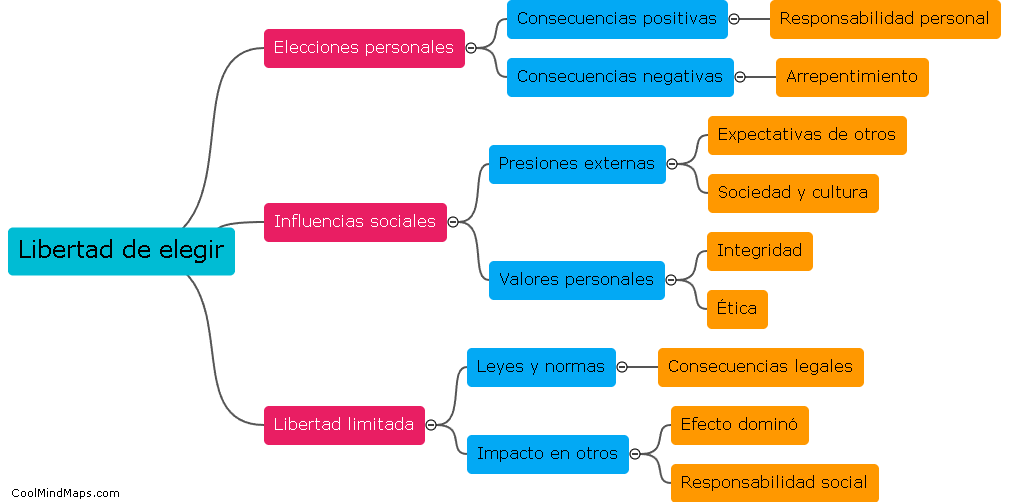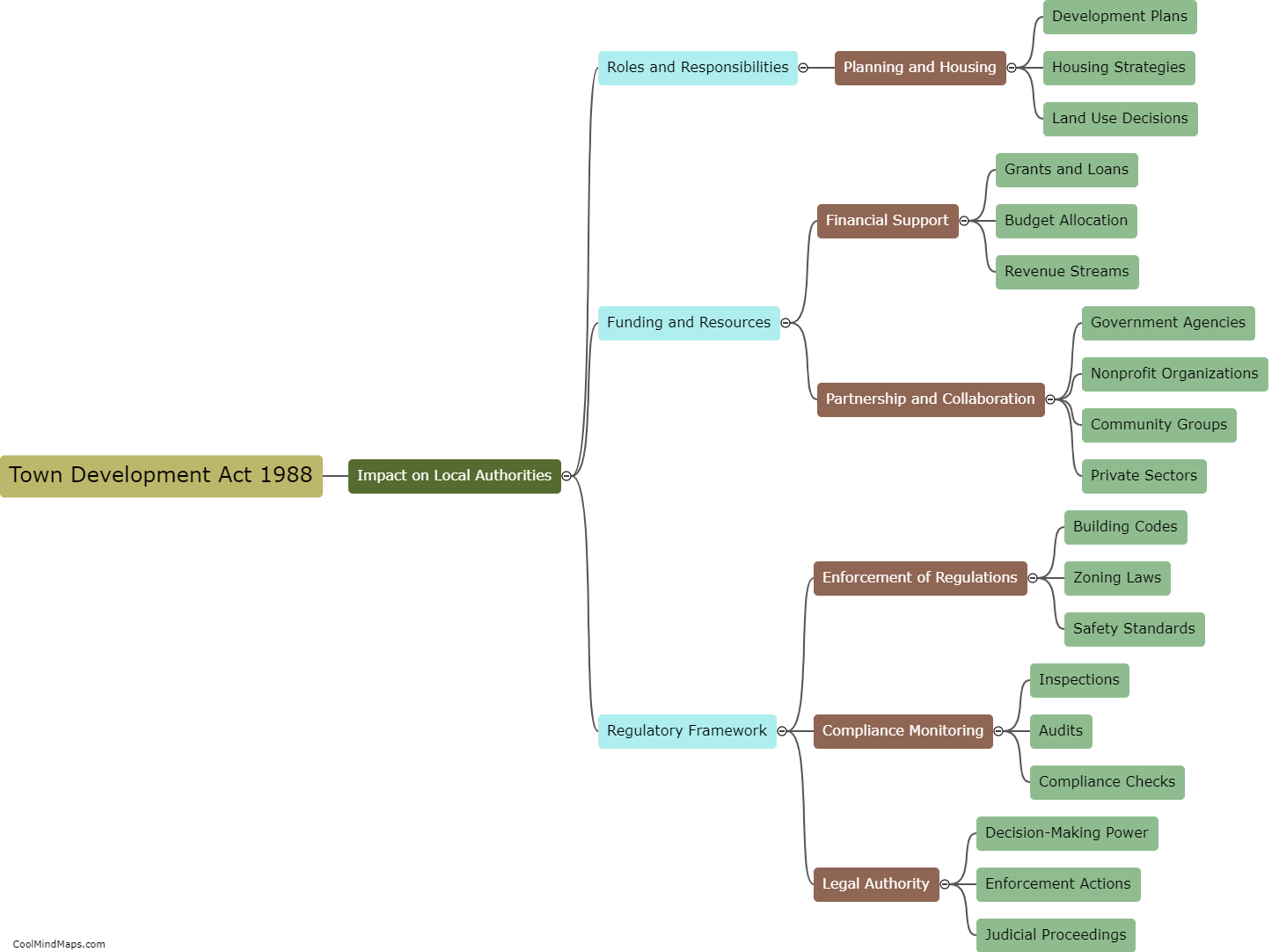How does wave-particle duality challenge classical physics?
Wave-particle duality, a fundamental principle of quantum mechanics, poses a significant challenge to classical physics. In classical physics, particles are considered to possess definite properties such as position and velocity, while waves are understood as oscillations in a medium. However, wave-particle duality suggests that particles, at the atomic and subatomic level, can exhibit both particle-like and wave-like properties simultaneously. This inherent duality challenges the classical notion of exclusive particle or wave behavior, as it indicates that the behavior of particles cannot be solely predicted or explained using classical physics. Instead, quantum mechanics provides a more accurate description of these phenomena, highlighting the quantum nature of particles and the probabilistic nature of their behaviors. The duality between waves and particles forces a reevaluation of classical physics and emphasizes the need for a quantum framework to fully comprehend the complexities of the microscopic world.

This mind map was published on 2 December 2023 and has been viewed 146 times.











